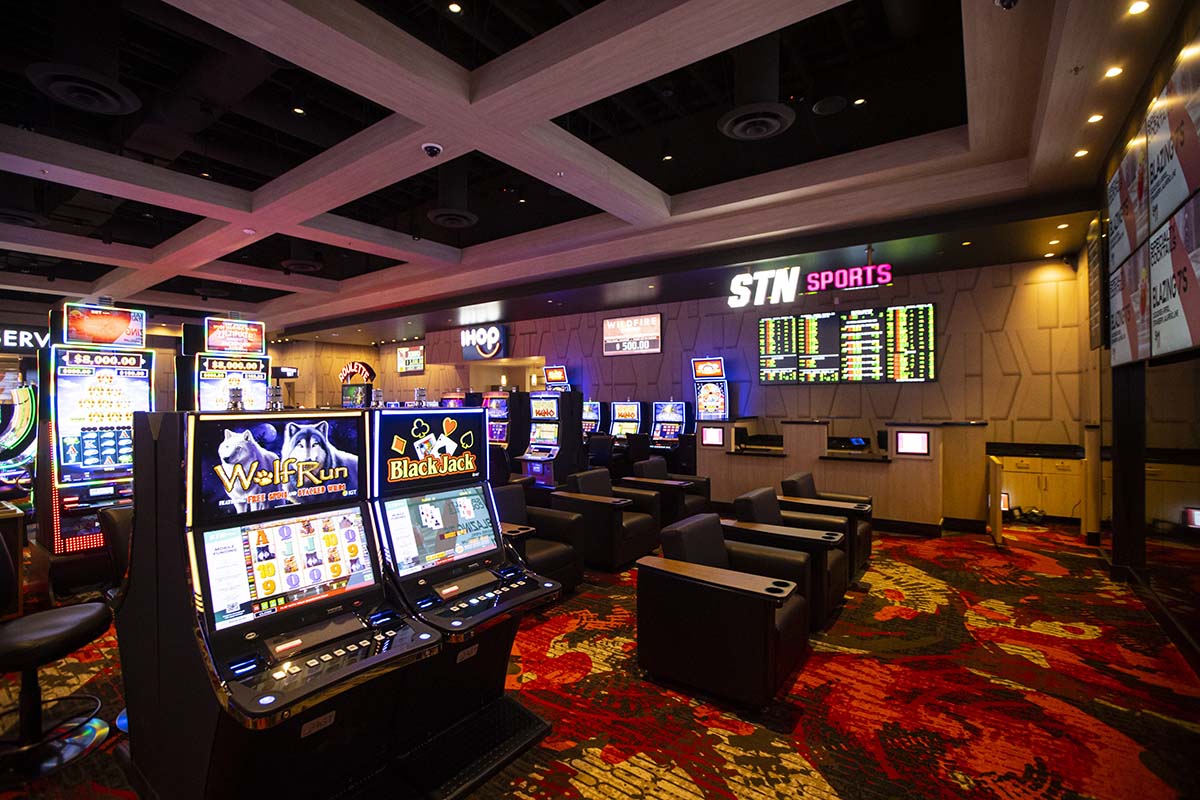
Gambling games have long captivated the human imagination, drawing participants into a universe filled with luck, tactics, and the allure of adventure. Each game is carefully crafted not just for fun, but also to elicit particular emotional responses that keep gamblers engaged and committed. Understanding the reasons behind these designs reveals much about how psychology plays a vital role in the gaming experience.
From the vivid lights and vibrant sounds to the complex layering of rules and payoffs, casino games are designed to create an atmosphere of excitement and anticipation. Game designers leverage psychological principles to influence participant behavior, whether through the use of jackpots, almost wins, or social interactivity. By examining these aspects, we can better appreciate how casino games fulfill not just a desire for entertainment, but underlying psychological needs for adventure and risk.
Understanding Gamer Behavior
Casino games are crafted with a profound comprehension of player psyche, which is crucial for attracting and retaining players. The thrill of the game, combined with the anticipation of winning, establishes a strong allure. Game designers employ elements like audio cues, dynamic graphics, and immersive gameplay to capture attention and evoke emotional responses. These sensory elements enhance the total environment, making players feel more involved in the game.
Another significant aspect of player behavior is the concept of risk versus reward. Casino games often manage high-stakes situations with the potential for significant rewards, which can lead to the occurrence known as near-miss phenomenon. When players come within reach to winning, the brain secretes dopamine, strengthening their behavior and prompting them to keep playing in quest of that fleeting win. This cycle of hope and letdown plays a critical role in how games are designed and promoted.
Lastly, social factors also play a central role in player behavior at casinos. Many games are crafted to be played in pairs or with other players, fostering a sense of belonging and shared experience. The social interaction inherent in games like blackjack enhances enjoyment and can lead to longer play sessions. Designers leverage on this by designing environments that prompt players to stay, connect, and revisit, making the overall casino experience more appealing.
The Role of Imagery and Audio
Visuals and sound play a vital role in elevating the gambler’s experience within casino games. xổ số xoso66 Designers utilize vibrant colors, eye-catching graphics, and engaging animations to attract players’ attention and hold their focus. The use of themes, such as adventure or opulence, helps create an enthralling atmosphere that transports players into a different world. By appealing to the senses, these elements add to a heightened emotional response, prompting players to engage more deeply with the games.
Audio design is equally important in reinforcing the overall experience of casino games. The combination of background music, audio effects for winning combinations, and environmental noises creates an sound landscape that holds players fascinated. Audio cues associated with victories, such as chiming bells or celebratory music, evoke feelings of thrill and satisfaction, encouraging players to continue playing. These audio cues are carefully placed to amplify the thrill of the game and create a more immersive experience.
Moreover, the synchronization of imagery and sound is crucial for supporting the game’s overall concept and atmosphere. Each element should coordinate seamlessly to create a cohesive experience that pulls players in. The effective use of this synergy not only improves user satisfaction but also increases the chances of return play, as players become more engaged in the captivating world that the gambling games offer. This thoughtful integration of imagery and sound ultimately enhances player engagement and commitment. xoso66.uk
Incentive Structures and Participation
The development of casino games heavily depends on reward structures to keep participants involved and returning for additional experiences. These systems are based in behavioral principles that take advantage of human behavior and desire. Participants are often motivated by the excitement of success, which is reinforced by immediate feedback through the game’s mechanics. This prompt satisfaction not only enhances the overall experience but also fosters a feeling of achievement, prompting participants to keep playing in hopes of greater gains.
Gaming establishments adopt various reward structures, such as jackpots, bonuses, and multipliers, to engage players. These features create a layer of excitement that maintains interest. Additionally, the unpredictability of outcomes plays a crucial role in keeping attention. The variable reward system, where wins are random but happen often enough, maintains participants on edge and driven to continue participating. This cycle of anticipation and expectation is essential to the success of casino games.
Moreover, community aspects, such as tournaments and collaborative options, boost the engagement factor by tapping into the desire to compete of participants. The shared experience of playing with others can amplify the thrill of success and create a community atmosphere within the gaming space. By integrating these social dynamics with efficient reward systems, gambling experiences don’t just provide entertainment but also foster a stronger connection among participants, solidifying their commitment to the gaming experience.
